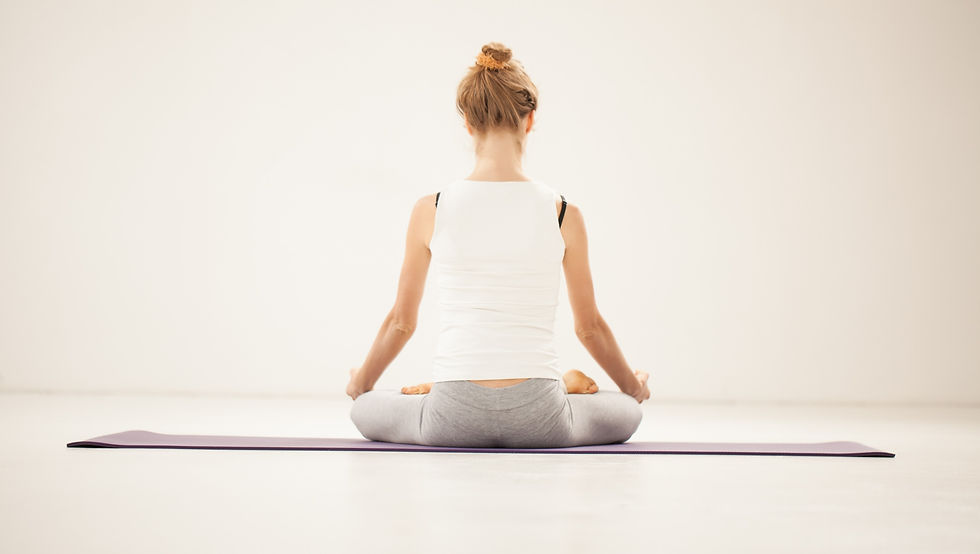Ways to Move at Home Pt 2.
- Renee
- Mar 28, 2020
- 2 min read

Yesterday was all about directly moving your body and today is a more indirect type of self care.
People deal with stress in different ways and for me, I tend to stop breathing regularly. I stop taking breaths in and out and instead hold my lungs mostly full of air, tense up my back and take tiny shallow breaths. Not spectacular, I know. But it leaves me with tight muscles and a stiff feeling I can't shake, even with foam rolling and cupping. This past week I keep catching myself in that wound up position and that leads me to feeling really tense through my neck and shoulders (straining some of my muscles of respiration) and low back (from tensing the muscles that run parallel to my spine).
Secondary effects of this is:
· your body's state affects your mood, so I feel my mood drop
· the altered breathing pattern does not let my nervous system get into a more relaxed state, so my body and mind are more reactive than they needs to be
· the bracing through my ribs and low back decrease the amount of movement along my spine where the ribs meet the vertebrae which leads me to feel more stiff
Take a quick second to check in with yourself. What is the quality of your breathing like? How deep are your breaths? When you take a deep breath, where do you feel your body moving?
Breathing and staying calm are not strong points of mine, so learning to pay attention to breath was really helpful for what seemingly was just muscle tension.
For those who want guidance
· Watch this 6 minute video from Sarah Duvall about the movements involved in breathing. Its helpful if you know why you are doing these breathing exercises.
· Try an app like Headspace or Calm. These apps have guided meditations and sleep stories to help you focus your attention and allow you to work on your breathing and mindset.
· The Breathing App - this app is just a graphic of a circle that expands and contracts to a rate of breathing that you can follow along with. I find it helpful because I am a visual person and I am less likely to get distracted if I have to stare at something!
For those who don’t want guidance
· Set a reminder in your phone a few times a day to check in on your breathing and if you're doing any unconscious clenching.
· Try some breathing patterns from this Berkeley handout. The style I like to practice is box breathing, which isn't on the page, but essentially is a 4-4-4-4 pattern. You breathe in over 4 seconds, hold the inhale for 4 seconds, exhale over 4 seconds, and hold the exhale for 4 seconds.
After you have tried one of the above, check how you are feeling. Any differences since when you started reading the article?
Happy breathing and don't be a tense ball of human like me!
Comments